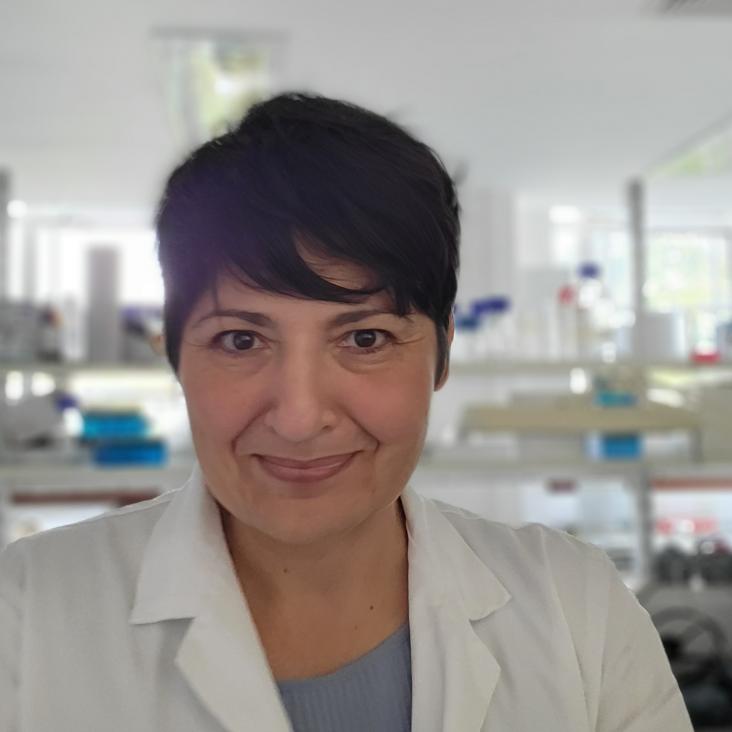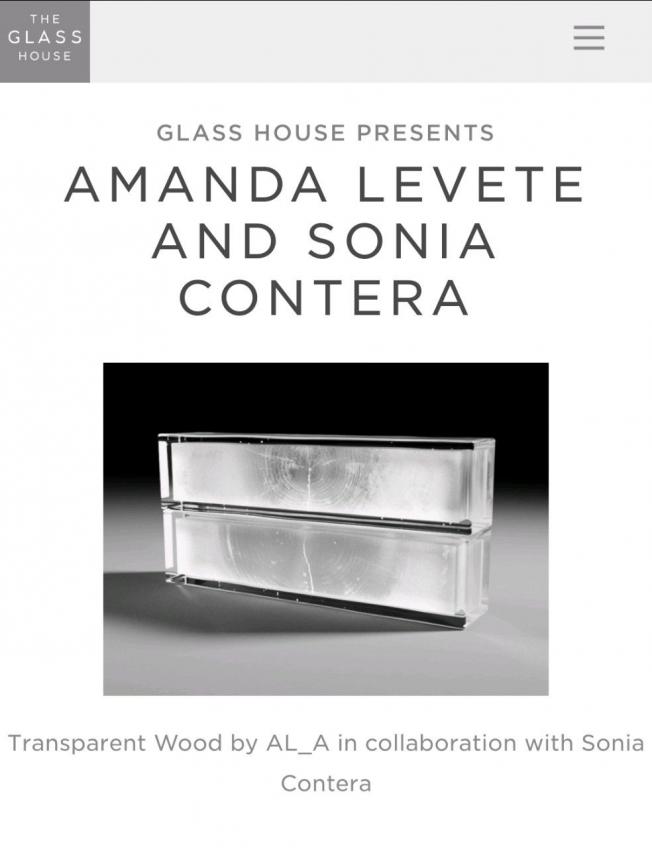Differential stiffness and lipid mobility in the leaflets of purple membranes.
Biophys J 90:6 (2006) 2075-2085
Abstract:
Purple membranes (PM) are two-dimensional crystals formed by bacteriorhodopsin and a variety of lipids. The lipid composition and density in the cytoplasmic (CP) leaflet differ from those of the extracellular (EC) leaflet. A new way of differentiating the two sides of such asymmetric membranes using the phase signal in alternate contact atomic force microscopy is presented. This method does not require molecular resolution and is applied to study the stiffness and intertrimer lipid mobility in both leaflets of the PM independently over a broad range of pH and salt concentrations. PM stiffens with increasing salt concentration according to two different regimes. At low salt concentration, the membrane Young's normal modulus grows quickly but differentially for the EC and CP leaflets. At higher salt concentration, both leaflets behave similarly and their stiffness converges toward the native environment value. Changes in pH do not affect PM stiffness; however, the crystal assembly is less pronounced at pH > or = 10. Lipid mobility is high in the CP leaflet, especially at low salt concentration, but negligible in the EC leaflet regardless of pH or salt concentration. An independent lipid mobility study by solid-state NMR confirms and quantifies the atomic force microscopy qualitative observations.Biosensing with CNx multi-wall carbon nanotubes
Japan Society of Applied Physics (2006)
Membranes as Self-Assembling Coating of Solid State Device Components: Integration of Submicron Electrical Circuitry with Biological Systems
Japan Society of Applied Physics (2006)
2P532 High-resolution dynamic imaging of membrane proteins by high-speed AFM(52. Bio-imaging,Poster Session,Abstract,Meeting Program of EABS & BSJ 2006)
Seibutsu Butsuri Biophysical Society of Japan 46:supplement2 (2006) s428
Cell volume increase in murine MC3T3-E1 pre-osteoblasts attaching onto biocompatible tantalum observed by magnetic AC mode atomic force microscopy.
Eur Cell Mater 10 (2005) 61-68



